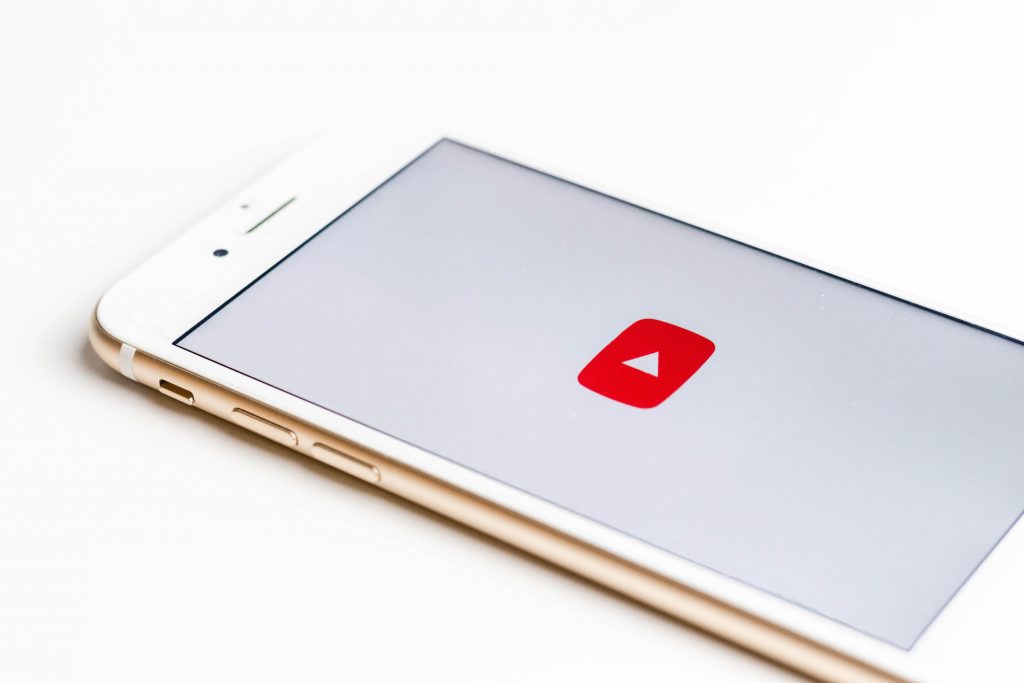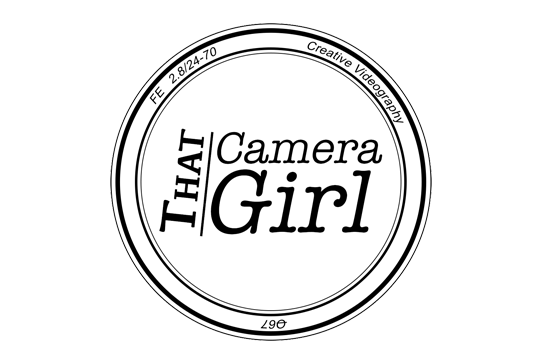YouTube or Vimeo – which platform is the best place to host your videos? Let’s break down the pros and cons of YouTube and Vimeo so you can decide which platform is right for you.

We first have to consider the purpose of your video.
A general rule of thumb, if your video is promotional or informative or will be embedded on a website with the goal of getting as many eyes on it as possible, then YouTube is your best option.
If privacy is your main concern, for example, hosting a paid online course, Vimeo has more advanced security features and will provide a higher quality user experience for this purpose.
That may be enough information for you to make your decision, but let’s look at each one a little closer.
YouTube
YouTube is a search engine powered by its parent company, Google. It’s the largest video hosting platform in the world. It’s also the second most popular social media platform behind Facebook with 2 billion users worldwide.
Over a billion hours of video are viewed every day. 1 billion hours every day!
If you utilise YouTube’s video elements such as the title, description and tags to their full potential there is a much higher chance your video will be picked up and seen by more viewers.
YouTube is also completely free, and there are no limits on the amount of content you can upload. Within reason… At this point in time, the maximum file size that you can upload is 128 GB or a 12-hour video.
Something to keep in mind is YouTube processes down the quality of videos when they are uploaded to make it quicker and easier for users to stream.
There may be a slight drop in quality after you’ve uploaded your video to YouTube, however, internet speeds are getting faster all the time so streaming higher quality videos is much easier.
Also, over 70% of YouTube watch time is on a mobile device. On such a small screen, users are more concerned with how fast a video loads than how crisp the picture is.
A larger downside to using YouTube is that it recommends other videos after your video, based on what may interest the user, meaning it could recommend a video from a competitor in your industry.
There is a workaround for this by adding an End Screen to your video to encourage users to remain on your content. An End Screen allows you to suggest your own videos to the viewer in the last 5-20 seconds of your video before YouTube has the chance to recommend or autoplay another.
So, with the right settings, YouTube is your best option to get more eyes on your video.
Vimeo
Vimeo is YouTube’s main video hosting and sharing competitor.
Vimeo is a lot younger than YouTube and a much smaller proportion of internet users browse Vimeo, so you may not achieve the same quantity of eyes on your video if that is your priority.
The key difference between these two platforms is that Vimeo is primarily designed for higher-end creators and videographers and YouTube is for anyone who wants to share content.
There is also a difference in the user experience because of the way that, as businesses, they generate income.
YouTube offers a free platform for content creators and viewers and makes money from advertisers running promotions at the beginning, middle or end of videos.
YouTube’s partner program allows popular content creators to monetise their channel and split profits from advertisers with YouTube.
Vimeo on the other hand is completely ad-free for the viewer and makes money from its four tiers of subscription memberships.
With a free Vimeo account, you can upload a maximum of 500MB per week, with a total storage limit of 5GB. Each tier grants you access to more upload capacity, privacy settings and extra features.
So, what are some pros of using Vimeo?
Because this platform is aimed at filmmakers and content sharers who are producing higher quality videos it doesn’t compress down videos on upload.
Vimeo also doesn’t recommend other users’ videos as YouTube does.
Vimeo has more advanced security features so it’s ideal for hosting videos that are meant for an exclusive audience.
For example, hosting landing page videos, thank you pages videos and other videos relating to marketing funnels.
Vimeo is also a great platform for hosting paid online courses as offers a nicer user experience to your customer when they view your course.
YouTube is associated with free content, so your audience could perceive your information as less valuable if they’ve paid for a course to find they’ve received ‘a bunch of YouTube videos’.
Using Vimeo will make your course videos look more professional and help your customers feel like the course if more valuable and exclusive. If you want to go down an even more advanced route, Vimeo offers the option to add your brand colours at a certain membership tier.
If you need to update a video in your course Vimeo allows you to easily swap out videos without having to go through the process of deleting, reuploading, re-embedding and connecting the new video.
Once something is on the internet, it is no longer completely safe, but Vimeo does have much better security features to keep your exclusive content private.
For example, if your video is hosted on YouTube under Unlisted, it won’t appear in YouTube search, but anyone with the link can still share it with whoever they want. But if someone tries to copy and paste a private Vimeo link, they will receive an error page.
To break it down…
YouTube is ideal for:
- Promotional videos
- Free content
- More chances for virality
Vimeo is best for:
- Paid courses
- Private videos
- Exclusive content
For more video tips and techniques subscribe on YouTube.
Check out this article on how to shoot pro b-roll.
Leave a comment below with your video questions.
